Philodendron Melanochrysum Black Gold 12cm pot
£16.00
Out of stock
Philodendron Melanochrysum, also known as Black Gold Philodendron, is a stunning plant native to the tropical regions of South America. This unique variety of philodendron is admired for its velvety, deep green leaves that shimmer with a golden sheen. The name “melanochrysum” is derived from Greek, where “melano” means black, and “chrysum” refers to gold, perfectly describing its large, dark green velvet leaves with their subtle golden shimmer. This plant is truly a showstopper, making it a must-have for any rare plant enthusiast.
The Black Gold Philodendron is ideal for more experienced plant collectors who can provide the high humidity it craves. This climber thrives when grown on a moss pole or trellis, making a dramatic and elegant statement in any indoor space.
To support its climbing habit, you can pair it with a fresh sphagnum moss pole and a drip cup to keep it moist, both of which are available on our website. These help the plant anchor its aerial roots and maintain optimal moisture levels. Please note, due to the nature of the product, some leaves may have minor cosmetic damage, which does not affect the plant’s overall health.
Philodendron Melanochrysum Black Gold Care Guide
Light: Philodendron Melanochrysum thrives in bright, indirect light. Avoid direct sunlight, as it can scorch the velvety leaves. While it can tolerate lower light levels, its growth will be slower, and the leaves may lose some of their dark, intense coloration.
Water: Keep the soil evenly moist but not waterlogged. Allow the top 2-3 cm of soil to dry out between waterings, and ensure the pot has proper drainage. Overwatering can lead to root rot, so be cautious with watering frequency.
Humidity: This plant thrives in high humidity levels (60-80%). To maintain its lush, velvety appearance, mist the plant regularly or use a humidifier. High humidity helps the leaves retain their striking texture and appearance.
Temperature: Ideal temperatures for Philodendron Melanochrysum range between 18-26°C. Avoid exposing it to cold drafts or sudden temperature changes, as it can be sensitive to temperature stress.
Soil: Use well-draining, airy soil to ensure the plant’s roots stay healthy. Highland Moss Aroid mix, available on our website, provide the ideal balance of moisture retention and aeration.
Fertiliser: Feed the plant every 4-6 weeks during the growing season with a balanced liquid fertiliser. Reduce feeding during autumn and winter when growth slows.
Repotting: Repot every 1-2 years or when the plant becomes root-bound. Use a slightly larger pot to encourage healthy growth and provide space for the plant’s climbing roots.
Pruning: Regular pruning helps control the plant’s size and encourages new, healthy growth. Use clean, sharp scissors to trim yellowing or damaged leaves.
Troubleshooting Common Issues
1. Yellowing Leaves:
- Cause: Overwatering or underwatering.
- Solution: Allow the soil to dry slightly between waterings, ensuring proper drainage.
2. Brown Leaf Edges:
- Cause: Low humidity or inconsistent watering.
- Solution: Increase humidity with misting or a humidifier and ensure consistent watering without letting the soil dry out completely.
3. Leggy Growth:
- Cause: Insufficient light.
- Solution: Move the plant to a spot with brighter, indirect light to encourage more compact growth and maintain its rich leaf colour.
4. Leaf Curling:
- Cause: Underwatering or exposure to drafts.
- Solution: Water thoroughly and keep the plant in a stable, warm environment away from drafts.
5. Root Rot:
- Cause: Overwatering or poor drainage.
- Solution: Remove the plant from its pot, trim any rotting roots, and repot in fresh, well-draining soil.
6. Pests (Spider Mites, Mealybugs):
- Cause: Dry conditions or pest exposure.
- Solution: Treat with insecticidal soap or neem oil, and regularly inspect the plant. Maintain high humidity to help prevent pests.
Philodendron Melanochrysum Black Gold is a truly breathtaking plant, and with the right care, its velvety leaves will thrive, making it the focal point of any indoor plant collection. For optimal growth, consider adding a fresh sphagnum moss pole and drip cup, available on our website, to help the plant climb and maintain ideal moisture levels for its aerial roots. Please note, some leaves may have minor cosmetic damage due to the nature of the product, but this does not affect the overall health of the plant.
If you want to have even bigger leaves provide a fresh moss pole with our beautiful classic green or pink moss!
For repotting we do recommend our premium Highland Moss Aroids potting mix.
Unrooted cuttings can be propagated in sphagnum moss. Check our articles to learn more about propagating plants.
This plant is toxic if eaten by pets
- How often should I water my Philodendron Melanochrysum and how do I prevent overwatering?
- Water the plant when the top 2-3 cm of soil feels dry, allowing water to soak through and then drain completely. Avoid leaving the pot in standing water to prevent root rot.
- Can I use a moss pole for my Philodendron Melanochrysum? What are the benefits?
- Yes, using a sphagnum moss pole supports its climbing habit and helps maintain moisture for the aerial roots. This can encourage larger leaf growth and provide a stunning vertical display in your indoor space.
- Is the Philodendron Melanochrysum suitable for beginners?
- This plant is best suited for more experienced plant collectors due to its need for high humidity and specific watering requirements. Beginners might find these conditions challenging to maintain consistently.
☀️ Light
☀️☀️▫️ (Medium)
The Philodendron Melanochrysum prefers bright, indirect light. Direct sunlight should be avoided as it can damage the delicate leaves. A spot near a window with a sheer curtain would be ideal to diffuse the light and provide the perfect environment.
💧 Water
💧💧▫️ (Medium)
This plant likes its soil to remain evenly moist, but it is crucial not to overwater. Allow the top 2-3 cm of soil to dry out before watering again. Ensure the pot has good drainage to prevent any waterlogging.
🌡️ Temperature
🌡️🌡️🌡️ (Warm)
Philodendron Melanochrysum thrives in warm conditions, ideally between 18-26°C. Keep it away from draughty areas and sudden temperature fluctuations to prevent stress.
💦 Humidity
💦💦💦 (High)
This tropical plant loves high humidity, between 60% and 80%. Regular misting or a room humidifier can help meet its humidity needs, ensuring the leaves stay lush and healthy.
🪴 Repotting
Repot your Philodendron every 1-2 years, or when it becomes root-bound. Use a well-draining, airy potting mix to promote healthy root growth. Consider our Highland Moss Aroid mix for optimal conditions.
🐾 Pet Friendliness
This plant is toxic if ingested, so it’s best to keep it out of reach of pets and small children.
✅🪴 Recommended Locations at Home
Place your Philodendron Melanochrysum in a well-lit bathroom to take advantage of the higher humidity, or in a bright living room where it can climb a moss pole and become a stunning green centerpiece.
🌬️🪴 Air Purifying
Philodendrons are known for their air-purifying qualities, helping to filter out indoor pollutants and improve air quality.
✨ Other Plant Features
Beyond its striking appearance, the Philodendron Melanochrysum is cherished for its air purifying capabilities and its preference for climbing, which makes it an exciting addition to any indoor plant collection.
If you have any more questions, feel free to ask Mossbot or contact us via our website. Remember, we also offer a free plant hospital service if you need any further help with your Philodendron Melanochrysum.
The Ultimate Care Guide for Philodendron Plants: Diverse and Elegant
Introduction and History Philodendrons are a diverse genus of tropical plants native to the Americas, particularly abundant in the rainforests of Central and South America. The genus name “Philodendron” is derived from the Greek words “philo,” meaning love or affection, and “dendron,” meaning tree, reflecting the plant’s natural tendency to climb trees in its native habitat.
The first recorded encounter with Philodendrons by European scientists dates back to the 16th century. In 1644, German naturalist Georg Marcgraf collected herbarium material of these plants during his explorations. However, it was French botanist Charles Plumier who made a more formal introduction of the genus to European science in the late 17th century, documenting several species during his travels in the Caribbean. The formal classification and naming of the genus Philodendron were established by Austrian botanist Heinrich Wilhelm Schott in 1829. Today, Philodendrons are cherished worldwide for their lush foliage and adaptability as houseplants.
Description and Features Philodendrons are known for their wide variety of shapes, sizes, and growth habits. They range from climbing vines to self-heading varieties with large, glossy leaves. Popular species and cultivars include:
- Philodendron hederaceum (Heartleaf Philodendron): A classic trailing variety with heart-shaped leaves.
- Philodendron erubescens (Pink Princess): A striking cultivar with dark green leaves and pink variegation.
- Philodendron gloriosum: Known for its large, velvety, heart-shaped leaves with prominent white veins.
- Philodendron bipinnatifidum (Lacy Tree Philodendron): Features large, deeply lobed leaves and a more tree-like growth habit.
- Philodendron melanochrysum: Prized for its velvety, dark green foliage with golden undertones.
Key Features
- Pet-friendliness: Philodendrons are toxic to pets if ingested, so caution is advised in homes with animals.
- Low-light adaptability: While they thrive in bright, indirect light, many Philodendrons can tolerate low-light conditions.
- Moderate water needs: They prefer slightly moist soil but can tolerate occasional droughts.
- Air-purifying qualities: Known to improve indoor air quality by filtering toxins.
- Growth habit: Varies from climbing and trailing varieties to upright, self-heading plants.
Care Instructions
1. Watering
- How much water does a Philodendron need? Water when the top 2-3 cm of soil feels dry. Overwatering can lead to root rot, while underwatering may cause leaves to droop.
- Signs of overwatering: Yellowing leaves, soggy soil, and mushy stems.
- What to do if you overwater your Philodendron: Allow the soil to dry out completely and reduce watering frequency. Trim any affected roots if rot occurs.
- Underwatering signs: Wilting or curling leaves. Water thoroughly and consistently to revive the plant.
2. Light Requirements
Philodendrons prefer bright, indirect light but can adapt to lower light conditions. Avoid direct sunlight, which can scorch their leaves. If you’re wondering “can Philodendrons grow in low light?” the answer is yes, but their growth will slow.
3. Humidity and Temperature
- Humidity: High humidity levels are ideal for most Philodendrons, but they can adapt to average household humidity.
- Temperature: Keep between 18-26°C. Avoid cold drafts and sudden temperature changes.
4. Plant Food
Feed your Philodendron with a balanced liquid fertiliser every 4-6 weeks during the growing season (spring and summer). Reduce feeding in autumn and winter. If you’re searching “how to fertilise a Philodendron,” make sure the soil is moist before applying fertiliser to avoid root burn.
5. Pruning and Support
- Prune regularly to remove yellowing or damaged leaves and to shape the plant.
- Support climbing varieties with a moss pole or trellis to encourage vertical growth and healthier foliage. Moss poles are particularly beneficial as they retain moisture, promoting aerial root development. Highland Moss offers handmade sphagnum moss poles in classic green, mixed, and pink colours, along with drip cups to keep them hydrated.
Common Issues and Troubleshooting
1. Yellow Leaves
- Cause: Overwatering, lack of light, or nutrient deficiencies.
- Solution:
- Adjust watering habits and ensure the soil drains well.
- Move the plant to a brighter location.
- Use a balanced fertiliser if the issue persists.
2. Brown Leaf Edges
- Cause: Low humidity or inconsistent watering.
- Solution: Increase humidity levels and maintain a consistent watering schedule.
3. Leggy Growth
- Cause: Insufficient light.
- Solution: Relocate to a brighter spot or use a grow light.
4. Pests
- Cause: Mealybugs, spider mites, or aphids.
- Solution: Wipe leaves with neem oil or use an eco-friendly pest spray, both available on our website. Isolate affected plants and monitor closely.
5. Root Rot
- Cause: Overwatering or compacted soil.
- Solution: Repot the plant in fresh, well-draining soil and trim away any rotted roots.
Propagation Methods
1. Stem Cuttings
- Cut just below a node. The node is essential for root development.
- Place the cutting in water using a propagation station or directly into moist sphagnum moss.
- Change water weekly or mist moss regularly. Roots will develop within weeks.
2. Division
- Separate clumps with their own root systems when repotting.
- Replant in fresh soil and water lightly to settle.
3. Air Layering
- Wrap a node with moist sphagnum moss and secure with plastic wrap.
- Once roots develop, cut below the rooted node and pot into soil.
Sphagnum moss and stunning propagation stations to propagate Philodendron plants are available in our shop Highland Moss, ensuring successful and hassle-free propagation.
Is a Philodendron Plant Right for You? Philodendrons are excellent for:
- Beginners: Their adaptable nature makes them easy to care for.
- Decorative purposes: Their lush foliage adds a touch of elegance to any room.
- Air purification: Ideal for improving indoor air quality.
With proper care, Philodendrons can thrive and become a statement piece in your home. Whether you’re searching for “how to care for a Heartleaf Philodendron” or “how to propagate a Philodendron Pink Princess,” this guide has everything you need. Remember, all plants purchased from Highland Moss come with a scannable QR code for detailed care instructions and access to our Moss Bot for 24/7 plant care support.

Free Care Guide With Every Purchase
Scan the plant pot QR for instant access to our care guide for your plant. No hassle, no stress, just healthy and happy plants.
Verified reviews from our customers
| 5 star | 96% | |
| 4 star | 3% | |
| 3 star | 1% | |
| 2 star | 0% | |
| 1 star | 0% |


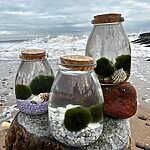
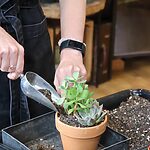
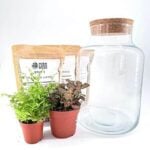
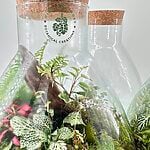
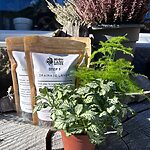
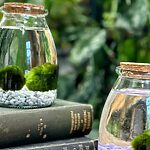
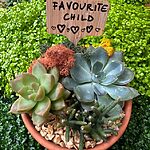
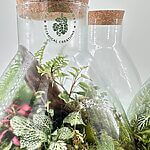


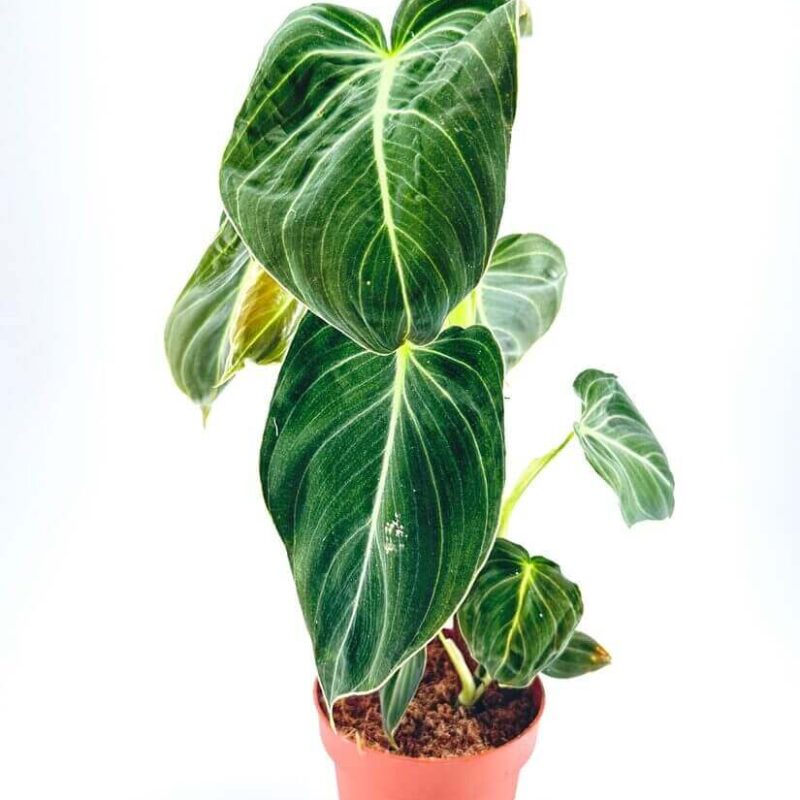
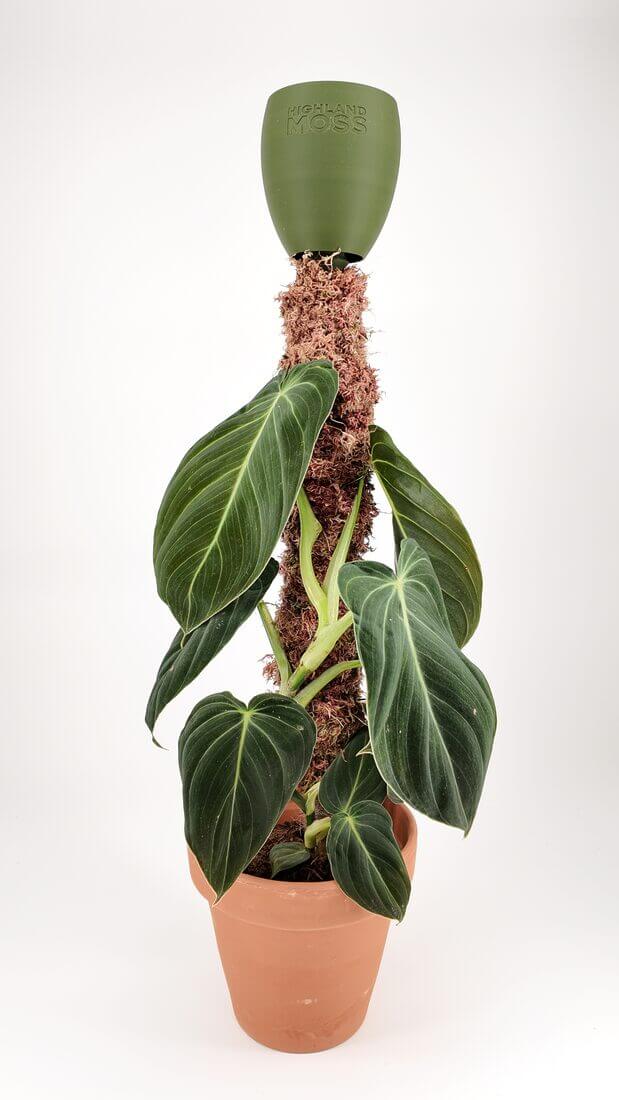


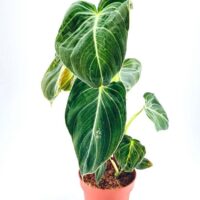
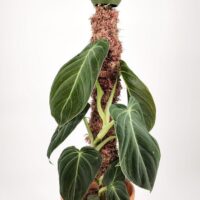
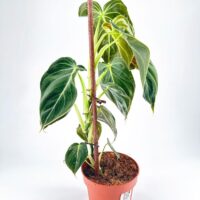
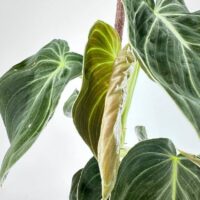
Very happy with the product and the service, thanks 😊
Thank you so much for holding back the delivery due to it clashing with the funeral of my dear mother in law, it was truly appreciated. My wife was also taken aback by your thoughtfulness by including a lovely bouquet of dried flowers and card with kind words. The flowers will always remind us of Elaine and sit pride of place on the sideboard in our dining room. You are truthfully some of the very best people we have dealt with, online and on the phone.
Amazing, personalised customer service! Always very friendly, approachable and dedicated. Thank you!
Items were as described, delivered promptly and very well packaged. Would order from this company again.